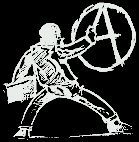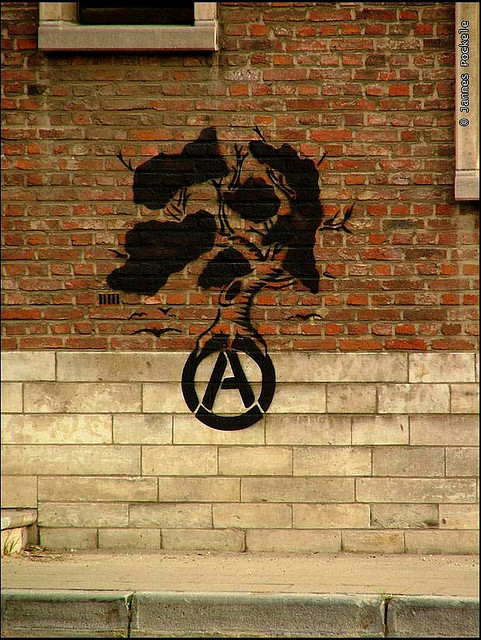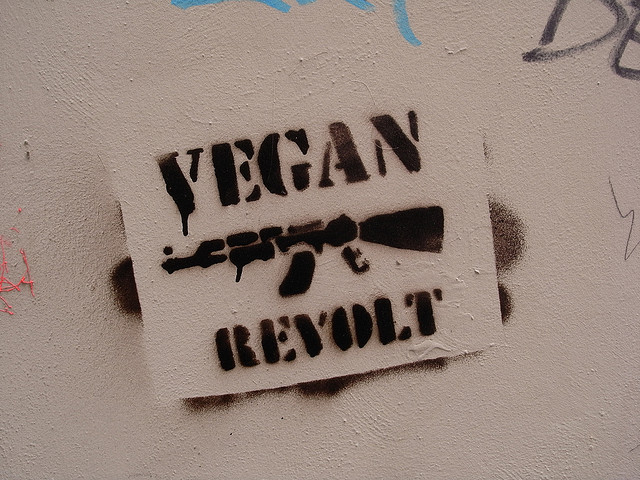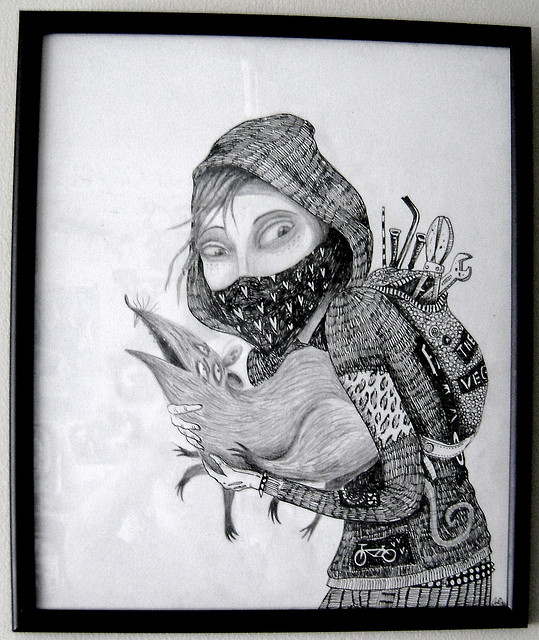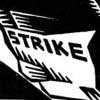|
|||||||||||||
The Philosopher Between the Capitalist and the Communist Chapter 27 : The City in All Its Glory By Punkerslut
Red bricks, wooden planks, and stone bases. If you were far away, Anarchia looked just like any other city, and you really couldn't be certain that you were approaching it instead of Moscow or Istanbul. It could be your home, like any other city. But there was a lot about it that made it very different from the other urban centers sprawled out on the globe. Just a collection of flickering lights at night and at a distance, like any other city, but the ideas and culture that breathed through it were something altogether different from all in existence at this point of time in history. Every city is made unique, in its own way, by whatever cultural or social customs it chooses to adopt and cherish. Venice was much more moist and Cairo was much more dry; Bombay was much more religious and what existed around what became Paris was much more rebellious. But to Anarchia, you couldn't really ascribe any one specific attribute: independence, individualism, collectivism, society-ism, philosophy-ism, community-ism. Every part of it was somewhat different from the rest. Every piece differed slightly from the whole. Like a machine with levers and pulleys, with weights and ropes, with steam and heat, with light and sparks, the city of Anarchia was very much like the others still. It had its city lamps, it street corner conversations, its open windows with garbled arguments, its highly-trafficked sidewalks of cobblestone mirroring the highly-trafficked roads of concrete and stone, and its most important asset, it had its own people. They were the Anarchist People, sometimes called Anarchists, sometimes called Anarchians, or even dignified with the title Citizen of Anarchia. They their own culture, their own customs, their own way of life, their own existence that separated them from the rest of civilization, in way that artificial boundaries of politics could never really do. But every citizen, every member of every community, still sweats, still breathes, still excretes waste, still eats food, still emits odors, still offends neighbors, still exercises greed, still believes envy, still is cautious about hope, and still is lonesome in a crowd of people who refuse to listen or understand. There was still plenty about Anarchia was the same as the rest of the planet.
"At one time, there was nothing here, nothing at all," the Philosopher thought to himself, as he roamed those streets and passed by those buildings, "There are now houses instead of trees, people instead of animals. I wonder how much has really changed, I wonder if they will listen to me more or less now." He counted bricks in the buildings, measured planks of wood used for their window sills, and tried to calculate the masses of smoke coming out of their chimneys. But this particular day, the city seemed somewhat deserted, until he passed Main Street. And then he turned, looked, and saw this massive crowd of people, standing all together, although somewhat separated into halves, with one side listening to one speaker, and the other side listening to the other. The Philosopher has found Emma and Benjamin.
|
